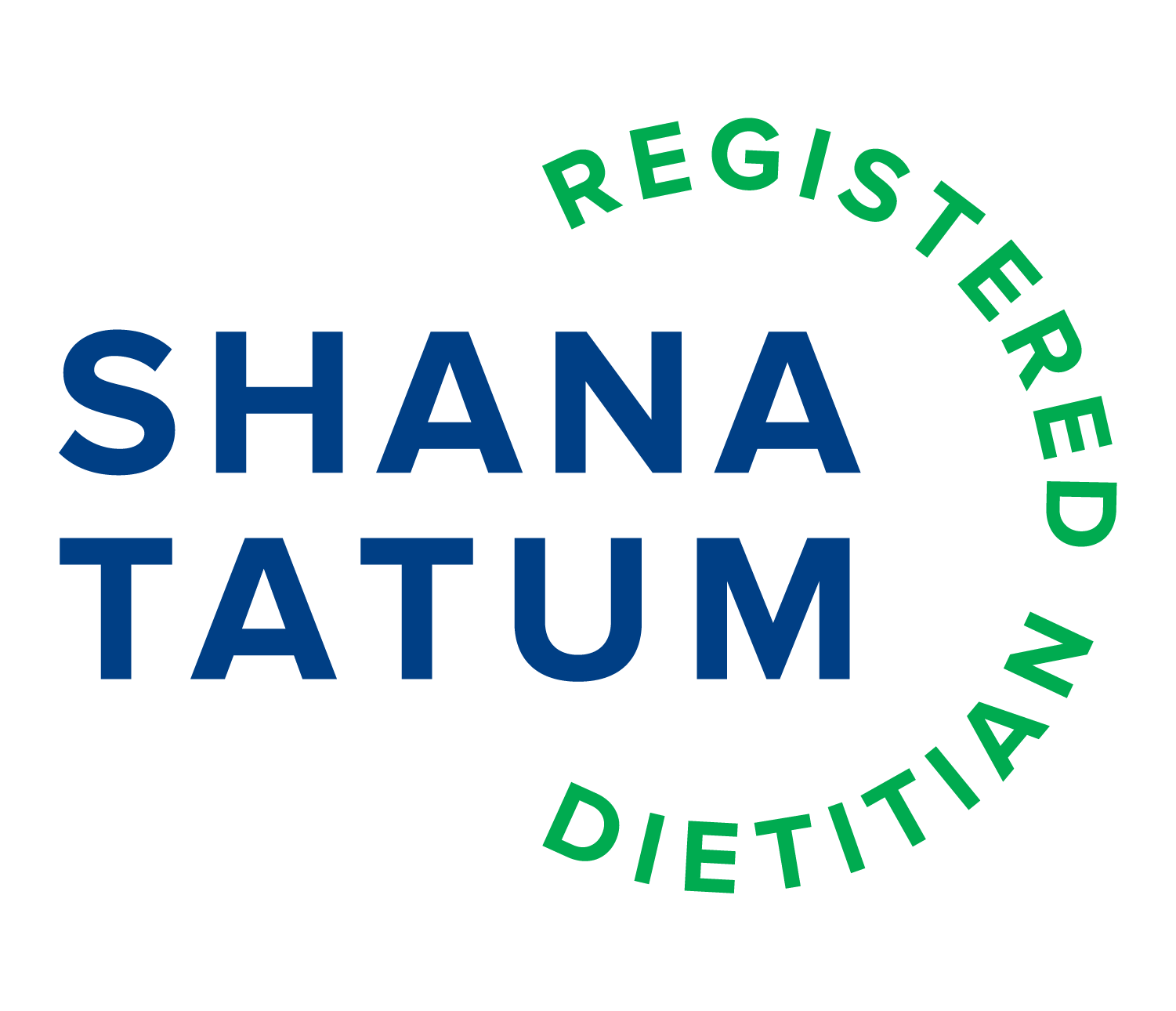How much Protein is right for me?
Image by Nature_Zen
Protein is one of three macronutrients needed in the diet to maintain health. It is a component of all living things. It is required by the human body for the most basic of cell activity including that of bones, muscles, and blood. Protein also helps maintain a healthy metabolism and strengthens the immune system. Amino acids are the building blocks of protein. Much of the body’s communication systems rely on amino acids for things such as neurotransmitters and hormones as well DNA and RNA.
Amino acids are obtained through the diet in a variety of ways. Animal proteins are considered complete proteins as they contain the essential amino acids the body needs
Plant proteins such as beans and legumes are incomplete proteins, which do not contain the essential amino acids but do offer vitamins and minerals such as folate and magnesium. Dairy, nuts and seeds are all foods that provide protein as well as carbohydrates and fats.
Food Protein (grams)
3 oz. serving Beef 21 g
3 oz. serving Salmon or Tuna 17g
1 egg 6g
6 oz. Greek yogurt 17g
1 cup Milk 8g
½ cup Cooked Beans 8g
2 Tbsp. Peanut Butter 8g
Knowing the right amount of dietary protein to consume can aid in maintaining optimal health. Protein needs vary by individual based on age, sex, weight and activity level. In some cases, health status may also be a factor in determining the appropriate amount for you. With so many diet trends claiming results for weight loss, sustained energy and detoxification, it can be confusing to know the right balance.
While the USDA Dietary Guidelines for Americans does not make specific protein recommendations, the Dietary Reference Intake suggests 0.8g per kilogram of body weight. This would be a general recommendation. For those training or with high physical activity such as a Cross Fit athlete, a range of 1.5-2.0g/kg body weight may be more appropriate. Because the body is using food to build and repair, it is important to consume your protein intake at several times throughout the day and not just at one meal.
To calculate your needs:
Step 1
Measure your current weight.
Step 2
Convert pounds to kilograms by dividing by 2.2. For example, 145lb/2.2lbs per kg equals 66kg.
Step 3
Choose activity level.
Sedentary—you are seated or lying all day with no physical activity (0.8g/kg)
Moderately active—you spend most of the day sitting with occasional standing or walking and participate in moderate activity (1.0g/kg)
Very active—you are either standing or walking for most of the day, or participate in physical activity such as exercising at the gym or attending spin classes regularly (1.2g/kg).
Vigorously active—you do very strenuous work or high intensity exercise each day (2.0g/kg).
Step 4
Multiply your weight in kilogram by the activity level recommendation. For example, if you weighed 66kg body weight x 1.0g/kg (for moderately active) this would equal 66g protein per day.
You can find the amount of protein per serving on the Nutrition label. For whole foods or other packaged foods you may search the USDA Food Composition Database at https://ndb.nal.usda.gov/ndb/. Apps such as Myfitnesspal, Bitesnap, Lose it or Chronometer will also calculate protein macronutrients based on your description or picture of food.
When evaluating an overall plan, a healthy adult protein intake should equal between 10%-35% of calories per day. There are unique circumstances such as chronic kidney disease where protein intake may be restricted. When making dietary changes, be sure to check with your physician or dietitian for personalized recommendations.

